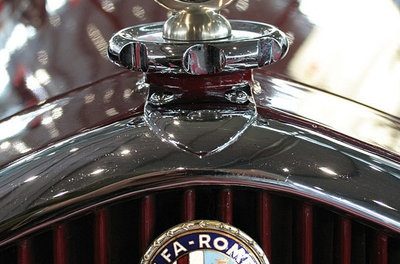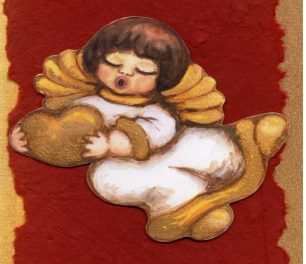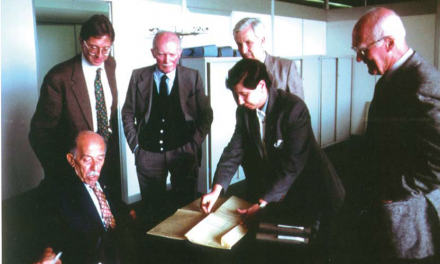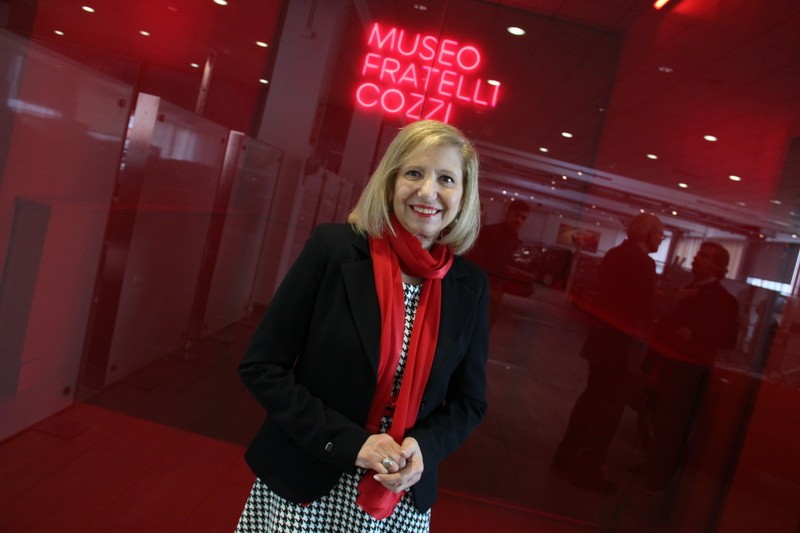
Elvira tells
The car and the woman
MARCH 8, 2017
Today, March 8th, I will tell you about women behind the wheel.
Little has always been written about the role that women have played in the history of motoring, but there is no doubt about one thing: the automobile is feminine and now I will tell you how it has come to be considered feminine.
Speaking of cars, we use a fairly recent word that first appeared in France at the end of the 19th century. The French considered it feminine because the word "automobile" came close to the word "voiture" which is feminine. In Italy, it was Gabriele d'Annunzio who baptized it feminine and he did so in a letter of reply to Senator Giovanni Agnelli who had asked him the age-old question, writing: "The car is female. This one (ed. was referring to a Fiat 509 Torpedo) has the grace, the slenderness, the speed of a seductress; it also has a virtue unknown to women: perfect obedience. But, on the other hand, the woman has the effortless levity to overcome any roughness".
Therefore, the car is feminine and it is so above all because of the relationship between the woman and the car which dates back to the beginning of the last century and which began with the use of the figure of the woman who, often approached to the car, gave elegance and refinement suggesting the idea of the car as a trusted, reassuring and, of course, beautiful companion.
The chronicles of those years are full of news of female drivers who were not content to drive touring cars but, proving to be as brave as men, distinguished themselves in motor racing.
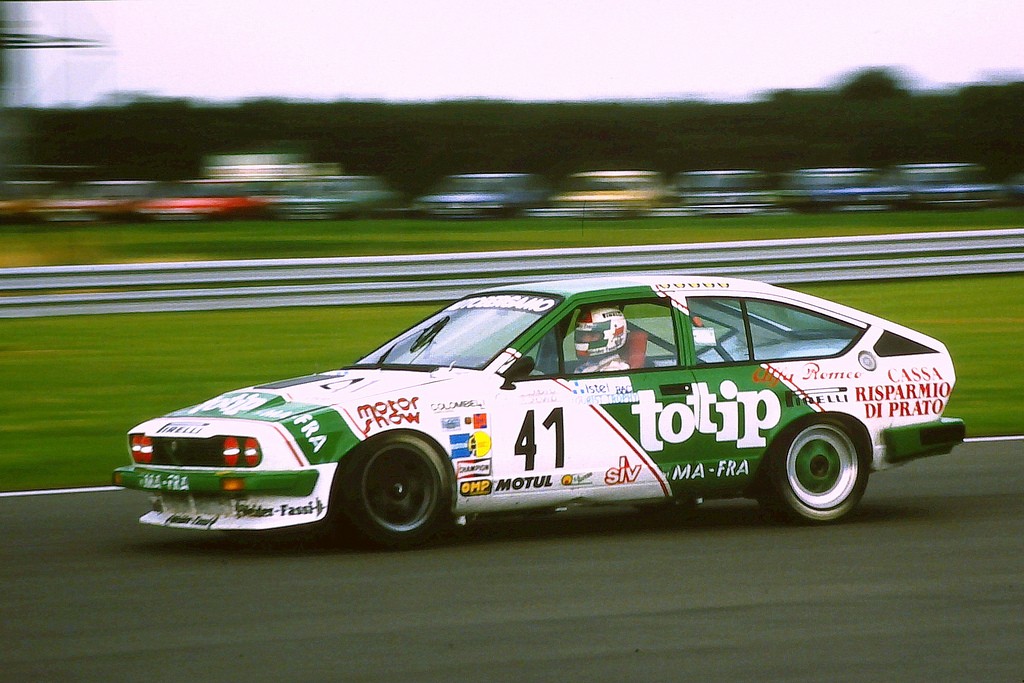
A veteran of the fair sex drivers is without doubt Baroness Marie Antoinette Avanzo Bellan who, in 1921, won the Coppa delle Dame in an Alfa Romeo 20-30 ES. Other women followed her example, remembering them all is not possible, I quote some of the most titled: Princess Colonna, Mrs. Anna Maria Peduzzi who was nicknamed the "Moroccan" because of her dark complexion, whose prestigious sporting career was even longer than her husband, the racer Franco Comotti, and again Maria Teresa De Filippis who was the first woman ever to drive a Formula 1 Maserati in the 1958 Belgian Grand Prix.
In the history of the F1 Grand Prix, in addition to de Filippis, four other women have tried to compete: three did not pass qualifying, the British Divina Galica in 1976 and 1978, the South African Desirée Wilson in 1980 with Williams and finally the Italian Giovanna Amati in 1992 with Brabham.
Another great woman driver was Lella Lombardi who was the second woman to drive a Formula One single-seater, the only one to reach the points zone and the one who competed the most Grand Prix, 12 against the 4 of Maria Teresa de Filippis who had preceded her in the 50s. She was born in a small Piedmontese town of two thousand inhabitants, her father was a butcher. From an early age she was attracted by speed. When she was only nine years old she took a steering wheel in her hand for the first time, and at thirteen she drove a car for the first time. At the age of eighteen she started helping her father and with a van she was transporting meat to the Ligurian Riviera.
It must have been really hard for the first female drivers to come up against an environment that until then had belonged only to men, but they all had in common a strong passion for the car and the desire to prove to themselves and others that they were capable of competing on equal terms with male drivers.
"the figure of the woman who, when often approached to the car, gave elegance and refinement."
Among these pioneers of motor racing, Baroness Avanzo was the most elegant. The English magazine Autocar described her in this way in an article on the 13th Targa Florio of 1922: "Among the competitors of the 4600 class, Baroness Avanzo with a red Alfa Romeo, in red dress, red hat and long red fluttering veil...”. A fluttering scarf, caught in the gears of an automobile, became the noose that killed Isadora Duncan, the dancer wife of the poet Esenin.
So, the ladies like Alfa cars. I remember another daring adventure in which two women were protagonists, who in 1958 on board an Alfa 1900 car reached the Arctic Circle.
With the passing of time the woman-car relationship has become closer and closer and today it is statistically proven that the woman drives like a man, even better and that it is the woman who chooses the model and the colour of the family car and her opinion is often decisive in the decision of the model. In addition, women cause fewer and even less serious road accidents than men because they are more cautious.
In 1962, the first magazine in the world for women drivers was born: "Donne al Volante" (Women at the Wheel), in which the services dealt with engines as well as cooking recipes and love stories, but unfortunately was not very successful.
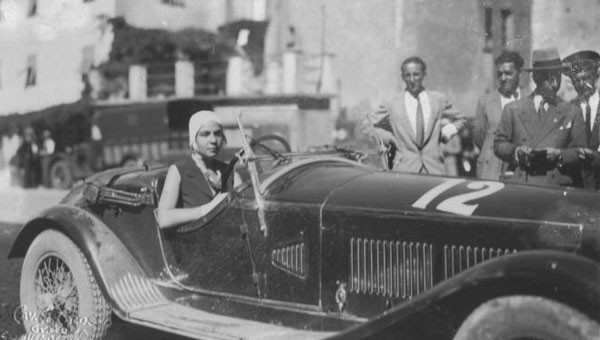
Old adages such as "Women and motors... joys and sorrows" and "Women at the wheel... constant danger" are now without foundation. Perhaps for the woman, the car is also a poetic element and I like to think that when the Portuguese writer Fernando Pessoa, in 1928, wrote these verses he thought of a woman:
At the wheel of the Chevrolet
On the road to Sintra
In the moonlight and the dream,
on the deserted road, alone I drive,
I'm driving almost slowly, and I feel a little bit,
or I try a little bit hard because
I feel like I'm going the other way,
for another dream,
for another world...
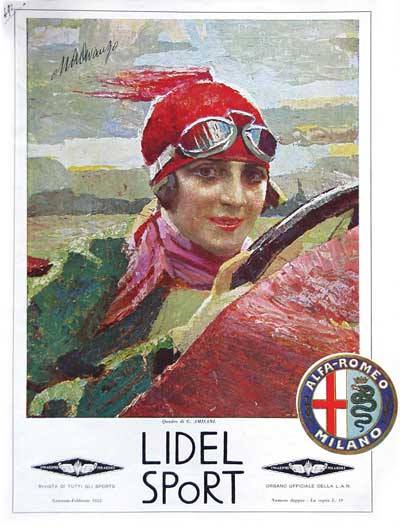
In the automotive industry, the contribution that women have made through their work in offices and on assembly lines has been significant, although not always as valuable as that of their male colleagues. If we turn the pages of the many books written about Alfa Romeo, we do not find any women, at least not female drivers, yet every president, designer and technician has been assisted and supported by women who have worked with competence, dedication and pride in belonging to a glorious brand, helping to build, day after day, the Alfa myth.
An occasion to remember a legendary story and all those who contributed to creating the Alfa myth but also to attract and motivate new generations to keep this myth alive in the years to come.


